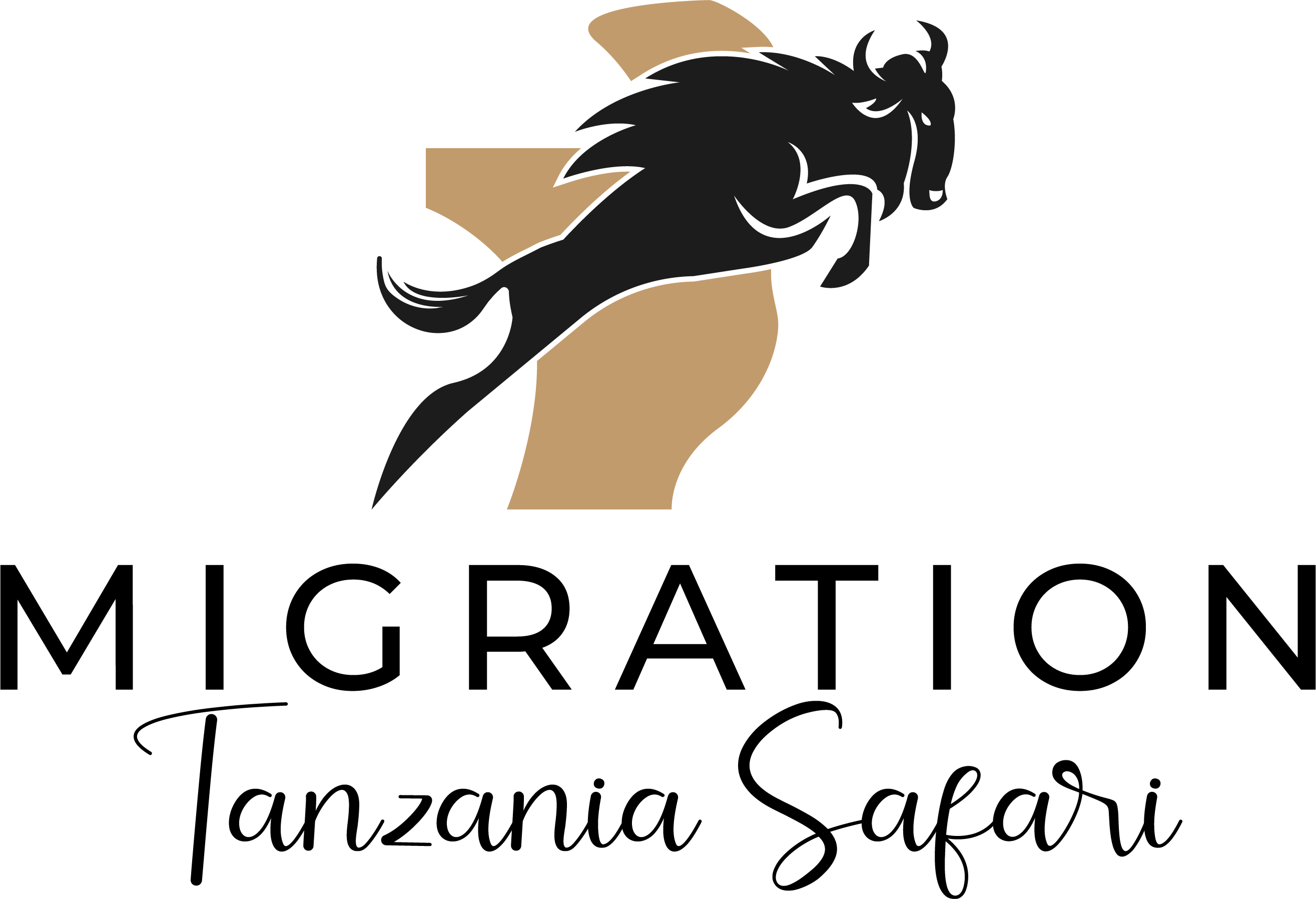Highlights
“The Big Five” – just the sound of the name is magical. Our five days takes in Lake Manyara, a magical wildlife destination, the Serengeti (of course!) and spectacular Ngorongoro Crater. This really is the very best of Tanzania’s Northern Circuit. A truly magnificent safari adventure, enjoyed in your own private vehicle; just five days, but a lifetime of memories
Information
Destination: Manyara, Ngorongoro and Serengeti
Duration: 5 days
Highlights:1
Few mountains can claim the grandeur and the scintillating views over the Great Rift Valley and Amboseli National Park in neighbouring Kenya that belongs to Kilimanjaro …
Hiking to the ‘roof of Africa’ – the highest point on the African continent – is for many people the adventure of a lifetime and the highlight of their entire Tanzania experience, especially because the routes are non-technical and accessible to almost any reasonably fit and healthy person. Everyone from seasoned trekkers to first-time hiking enthusiasts can successfully tackle and scale the snowy summit provided they climb slowly, acclimatize properly and are adequately equipped for the wind and biting cold.
Highlights:2
the Serengeti is arguably the finest national park in Africa and offers a wealth of wildlife viewing opportunities …
Pretty much every large animal in East Africa can be regularly seen in the national park or wider ecosystem. When you include all the contiguous protected areas, of which Ngorongoro is one of the most noteworthy, the total size of the entire Serengeti-Mara ecosystem is a staggering 30,000 square kilometres packed choc-full of truly extraordinary wildlife sightings. Renowned for its predators – especially lions, leopards and cheetahs – and with plenty of elephants favouring the western woodlands of Grumeti, the Serengeti dazzles even the most hardened safari critics. There is even a recovering black rhino population concentrated around Moru Kopjes giving visitors a realistic chance to sighting all of the Big Five (lion, elephant, rhino, leopard and buffalo), although the critically endangered black rhinos will undoubtedly prove the greatest challenge. The Serengeti ecosystem is also a renowned bird-watching destination, with over 500 species recorded to date. Exploring the unique Ngorongoro Crater – surrounded by the towering volcanic walls on every side and blessed with prolific and extremely well-habituated wildlife – almost feels like you’re driving through a zoo; only the surrounding crater scenery is jaw-droppingly impressive. With the greater Serengeti ecosystem so blessed with wildlife and scenic beauty, it is hard to imagine it could have anything more to offer, but the great East African migration steals the show.
[17:06, 11.09.2020] +255 753 247 856: This is the highlight of 👆🏿👆🏿
[17:07, 11.09.2020] +255 753 247 856: Highlights
When it comes to Serengeti highlights there are so many (as alluded to previously), but there is quite simply nothing to match the migration with its sheer numbers, noise, majesty and splendour …
Importantly, there is no beginning or end to the migration, so you can witness the great herds during any month of the year so long as you plan your safari to visit the right region within the ecosystem to coincide with where the animals are concentrated at that particular time of the cycle. The rainfall drives the movement patterns of the great herds of wildebeest and other plains game, so it must be emphasized that the description below refers to a typical year of normal rainfall in the usual seasons. It is not uncommon for the wildebeest movements to be delayed or sped up if unseasonal rain falls in another part of the ecosystem, attracting the animals to the green flush that follows. Typically the wildebeest and zebra herds, along with decent numbers of eland and gazelles, will shift as follows:
Highlights:3
In January and February the great herds are ensconced on the nutritious short-grass plains in the south and southeast of the ecosystem with their newly born calves. The zebra and gazelle do not have a pronounced birth spike like the wildebeest and their birthing period is more spread out between the months of December and April.
In March and April, at the height of the green or emerald season, the great herds typically start to come together with their young calves usually in the vicinity of Naabi Hills on the southern plains where they reach their highest densities.
In April or May, the northward migration begins (this is called the Moru Crush when the migration exits the plains through a narrow valley at Moru Kopjes) with the wildebeest rut then taking place around May in the Seronera region of the central Serengeti.
May or June sees the first of the iconic river crossings when the herds make their way across the Grumeti River in the western Serengeti.
July to October sees the herds enter the far north of the ecosystem as they cross the Mara River in the northern Serengeti in what many safari stalwarts consider to be the holy grail of safari sightings. It certainly is a sight to behold: thousands of wildebeest plunging into crocodile-infested waters driven forward by instinct and an irresistible urge to access fresh grazing on the other side.
From October to November, the herds turn and move southward and into the central Serengeti once more. This is probably the most unpredictable time with huge columns of wildebeest veering off – often back into the western corridor – depending on wherever the first showers have fallen and fresh green grass is emerging

Ours-Menus
Ours-Evenements
Practical advice
OUR CORE VALUES
- ⦁ Environment Friendly & Result Focus 80%
- ⦁ Respect & Volunteerism 90%
- ⦁ commitment & Innovation 90%
